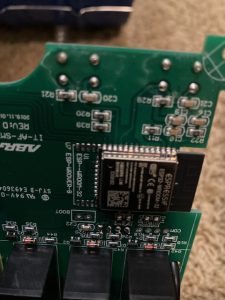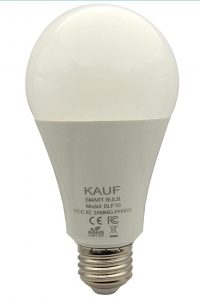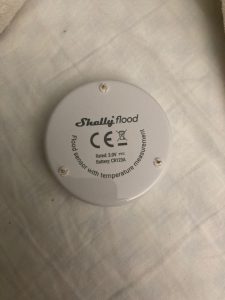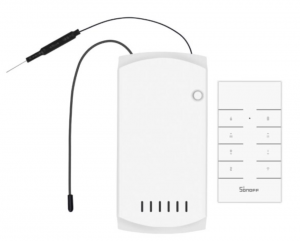LoRa Meshtastic And Encrypted Communications
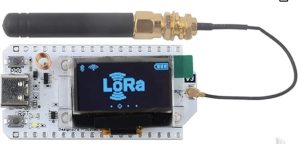
Lora Meshtastic V3 Board
If Edward Snowden taught us anything it is that almost all of our communications are simply not as private as we thought they were. Heck, a week or so ago it was revealed that AT&T was giving cell phone data to the Department of Justice (DOJ) without warrants. Encryption is cool and I bet if you are reading this you are in the same boat I’m in. I can encrypt stuff but no one else I know has the tech savvy to do it. It’s like owning one shoe. Now a new method of encrypted communications has come along. A marriage between LoRa and Meshtastic firmware.
LoRa stands for “Long Range” and it is a mesh network that uses low power, and wide area networking protocols. LoRa does not require internet, wifi, or cellular and is OFF GRID.
Meshtasic firmware is Open Sourced. That still means something these days.
Continue reading


